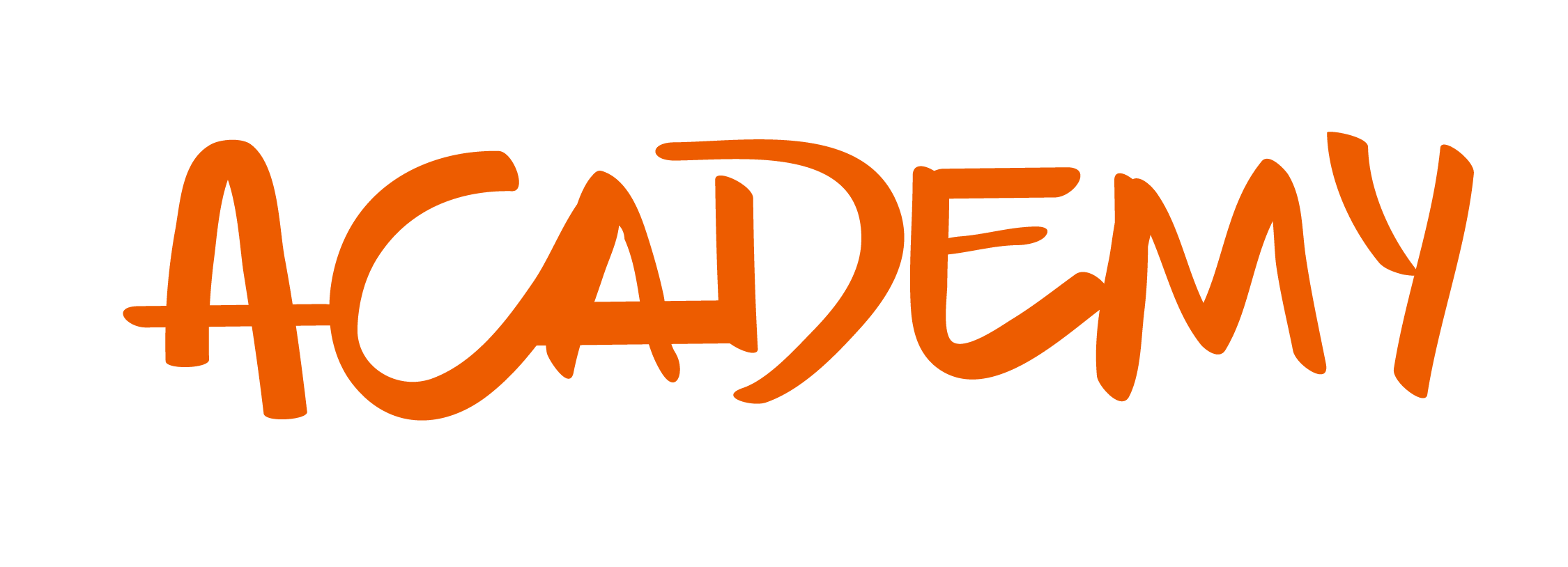Some marketing and advertising agencies have a hard time understanding why their work and effort are not directly translated into a profitable business. Are agency profit margins levels and project revenue supposed to be this hard? Not really. We believe in working smarter, not harder. With a proper metric, process analysis, and diagnosis any agency business can make better decisions and improve its bottom line efficiently.
The sheer nature of the type of work done in agencies is a possible culprit for these maladjusted financial benchmarks. Creative tasks and problem-solving procedures are hard to quantify and understand at a value level. But if this was the only issue, then advertising and marketing agencies could not even stay afloat. There are multiple causes for these businesses having a low cash flow. Let’s take a closer look.
Which are the areas where agencies lose profitability?
Scalability
Agency leaders or CEOs can find themselves running a very profitable small to medium size operation. But when their agencies start growing in size or exploring new markets and industries their owners are taken by surprise when their revenue does not grow along with their size. This can happen in an insidious way, and can even be a symptom of great work! Clients are really happy and satisfied with an agency’s job, so they request more projects and refer their friends and colleagues your way.
The scope of work requested is translated into a bigger team, higher overhead costs, and more projects that require more management. So there’s more work, new clients, new customers, but the profit margin stays the same (or lower) at the end of the month. It is only natural to assume that more clients equal more revenue, but when there are profitability issues inside an agency, and process inefficiencies these are only augmented alongside its growth.
When scaling a business you need to solve the profitability and efficiency issues already in place. Take a closer look at every area and department of the agency, and analyze how costs and revenue are handled. With some tweaks and corrections, net profit margins will grow along with its size. Are all the professional services offered cost-effective? Is it necessary to hire external collaborators or freelancers when you could train the in-house teams? Is the pricing strategy in place the correct one to use? Is your agency taking advantage of automation?
Offering costly services and taking on every project can be a reason why you have to downsize, or even shut down your operation.
Changing Pricing Strategies
Few are the agencies that still use billable hours as their main pricing strategy, most have switched to Flat rates or Value-Based Pricing, or Fixed-rates. These models can be extremely beneficial and bring in higher fees for the same amount of work, but that’s not always the case. They introduce other types of risks that are not an issue with billable hour strategies.
With a billable hour pricing, when the client requests re-works, or additional tasks, or a finished project, then that work was passed on to the client as extra hours. It was a simple procedure: setting rates that would allow the agency to have a healthy margin while keeping up their billable utilization rates. But when using value-based pricing or fixed-rate invoicing, when a project is not scoped correctly, and when the contract signed did not take re-works into account, it will translate into lost revenue.
Understanding how much the fees and invoicing should be, without a billable hour strategy, is a lot more nuanced and requires a deeper and exact analysis of the internal workflow, COGS (Cost of Goods Sold), Gross Profit, Overhead expenditures, and the employee utilization rates. Measuring every aspect of costs and revenue is vital when having a flat fee model because it’s very easy to fall into a declining revenue slope. Setting fees should not be a heuristic or instinctual endeavour, it should be an informed and data-driven decision.
A good and efficient way of managing this problem is calculating the value price of each working hour that goes into the creation of project deliverables, and discerning what amounts billable and nonbillable hours. We did a deep dive into this topic and created a profitability guide for agencies, you can check it out here.
Profit Margin Targets
When managing a business, not every task is dedicated to creating direct revenue. Networking, training seminars for employees, developing a company culture, investing, are all important aspects of creating a long-lasting and profitable company. The same concept applies when dealing with profitability inside the agency. There are different levels of understanding how pricing and invoicing works internally.
C-levels and executives need to have access to several sets of information and data in order to be able to grasp the subtleties that go into setting prices. It is important to differentiate between target margins set for each type of service offered. Or setting several pricing tiers for different clients, depending on their loyalty, and volume of requested services.
Setting margin targets for different areas can allow agencies to analyze in a simple manner how valuable their offered services are, or how much revenue each client brings into the business. With these data sets, you are better positioned for deciding what service should not be offered anymore, or choosing what projects increase profitability. Maybe if the requested project is not as profitable as the target metric needs, but the client that requested it for 25% of the agency’s total revenue, then it should still be carried out.
Why is profitability so important?
Setting aside the obvious reason, agencies being for-profit businesses, why is profit such a vital aspect? Is it in the client’s best interest to work alongside a profitable agency?
Agencies need to have a profit margin in order to invest in indirect skills, both soft and hard, to remain competitive within their market sector, and to be open to developing in other areas or fields. Investing in talent, technology, global coordination capacity, researching new services, and even creating new business ideas, is not only beneficial for the agency itself but also its partners and clients. A streamlined operation requires constant improvement, let’s see some concrete examples.
Talent and Human Resource management
The advertisement and marketing industry usually produces services, and thus the majority of its operating cost structure is directly linked to talent and related expenses. Team members and collaborators are an agency’s main productivity drivers, so being able to acquire and retain the best talent is vital. Paying competitively and offering corporate benefits goes a long way in keeping retention rates from plummeting, as is the norm in the industry.
Planning talent incentive initiatives is a great way of lowering attrition levels, many creative agencies end up losing their best employees to a lack of career opportunities and limited internal growth. Motivating your talent pool with training seminars, competitive benefits packages, performance incentives, and career paths works. This is not only a financially savvy move since attrition costs are astronomical, but it is an indirect investment in the future of the business. Developed, happy and driven personnel will produce the best possible results for the client, and it allows the business to remain competitive. The catch? Only profitable agencies can manage to offer these possibilities for their talent pool.
Technology
The R&D department in any industry is costly, and often time-consuming, but it is also where businesses can get a larger competitive edge. Investigation, experimentation, assessment, acquisition, and optimization of new technologies can greatly improve campaigns results and business platforms.
When an agency has a healthy revenue it can invest in creating new opportunities for providing services, and curate new channels. This can be a great way to keep loyal clients in retainer as well as get new customers, it shows flexibility and a constant improvement mindset.
The accelerated development of new advertising and marketing technologies, as well as the growing ecosystem of media outputs and social networks, requires constant actualization and expertise diversification. These are a great opportunity to open up new and more complex services and multifaceted integrated innovations. The deepening of agency specialization is another concept to take into account in this area, the real-time constant development can leave traditional agency models lacking in certain fields, leaving them needing to hire freelancers or external collaborators. This of course can ramp up the cost of the services provided.
International and remote work Coordination
In the post-pandemic landscape, we have seen a rise in hiring talent from all over the world. This has multiple benefits, being able to get the top collaborators from anywhere in the world, regardless of geography and distance. Employees are also requiring hybrid methods of workflow, choosing to shift between working from home some days and going to the office. Restricting this possibility is a no-go, it will simply lower the attractiveness of your agency for possible hires.
Besides the HHRR concerns, nowadays the majority of markets are a global affair, most of the significant markets are, at least. Investing in a global infrastructure system, ineffective project management software, and efficient communication channels for collaboration is a must. Even if you don’t expect to grow internationally, chances are at least some of the workforce will continue to work from home in some capacity, and paving the way for streamlined coordination and collaboration channels can go a long way. This also includes investing in leadership training and remote work process optimization.
Tips
A common occurrence when dealing in the advertising and marketing industry is having clients become restless wanting to see the ROI for their campaigns as soon as they launch. Although this is possible for some types of services, it is impossible for others, like SEO and SEM campaigns. So clients wish to see the value of their investment while yielding results can take months or even years.
Agencies should try to educate their clients while setting long-term goals tailored for their specific brand or business. Benchmarks must be catered to the specific service provided. Giving clients a tangible measurable metric target to check can ease their tensions and grant them a transparent expectation of value.
Relying only on reports that show tangible increase revenue and conversions can be harmful for client retention that requests long-lasting services. Having the possibility of showing progress and how their money is being spent mid-campaigns can be extremely beneficial for improving client relations. Involving clients and showing them the ongoing performance of their project, even before they can generate any tangible results is vital for these types of services.
This is why, at COR, we have created a tool that can support agencies every step of the way. Information is the key to cracking the profitability issue with a holistic frame. We have developed an all-in-one software that can give you the necessary data to optimize processes and streamline workflows, from the client’s initial approach to effective invoicing.
With our time tracking feature you can start calculating the real value of your team’s billing hours, data that feeds our project cost forecasting functionality, allowing you to know how much you should charge that service in order to be a profitable one. In turn, our automated templates can save your talent enormous amounts of work, by simplifying tedious and mundane work.
Our real-time scheduling and task allocation show how many work hours each collaborator has on their plate, letting project managers know how busy their colleagues are at a simple glance. We pride ourselves in the capacity of our tool to minimize oversaturation and lower the burnout problems plaguing the industry. Well-rested employees work harder, they can improve the overall quality of deliverables, and can keep up with the demands of the client, all of these while increasing your employee retention rates.
“Data is the new oil” is one of our mottos, and we make accessing your information as simple as a single click. With our AI-powered reporting capabilities, you can cross-reference a client’s historical data with the most profitable type of service. This knowledge can help executives and C-levels make informed decisions for the future of the business, as well as plan training programs for the talent. It also puts you in a privileged position, letting you inform the client how much your work has actually meant for them, showcasing the added value you give their operation.
Our reporting capabilities can go a long way for increased profitability. If you have suffered some of the burdens plaguing the marketing and advertising industry, reach out to us, we can give you the necessary technological and management support needed in order to increase your revenue and workflow. Request a demo today!














